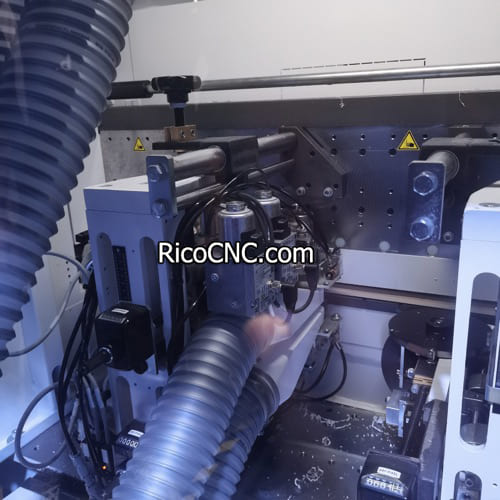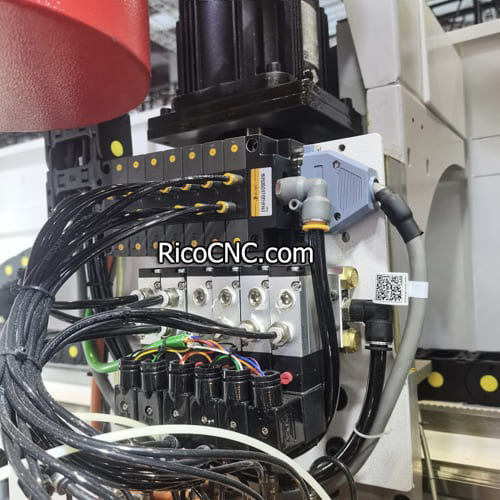
How Does an Air Solenoid Valve Work?
Air solenoid valves are pivotal components in pneumatic systems, serving as control devices that manage the flow of air through various applications in industries like manufacturing, automotive, and even medical equipment. Understanding how an air solenoid valve works is crucial for anyone involved in these sectors, as it helps optimize operations, troubleshoot effectively, and ensure reliability. In this article, we'll explore the mechanics, types, and functions of air solenoid valves in detail, providing a comprehensive guide to understanding their operation.
What Is an Air Solenoid Valve?
An air solenoid valve is an electromechanically operated valve that controls the flow of air through a system. Essentially, the valve uses an electric current, which passes through a solenoid coil, to generate a magnetic field. This field then moves a plunger to open or close the valve, controlling the passage of air or gas.
The components of an air solenoid valve typically include:
Valve Body: Houses all the internal components and directs airflow.
Solenoid Coil: Generates a magnetic field to move the plunger.
Plunger and Spring: The plunger is moved by the magnetic force, and the spring returns it to its resting position when the coil is de-energized.
How It Works
When the coil is energized, it creates an electromagnetic field that pulls the plunger, allowing air to flow through the valve's orifice. When the coil is de-energized, the spring pushes the plunger back, blocking the flow of air. The quick response time of this action makes solenoid valves ideal for automation systems where precise control is needed.
For example, the 2241.52.00.39.02 Pneumax Pneumatic Solenoid Valve is commonly used in many industrial settings, providing reliable performance in managing airflow.

Components of an Air Solenoid Valve
To understand how an air solenoid valve works, it is important to familiarize yourself with its individual components:
1. Solenoid Coil
The solenoid coil is an essential component, as it generates the magnetic field needed to actuate the valve. The coil is typically made of copper wire wound around a bobbin. When an electric current flows through the coil, it creates a magnetic force that pulls the plunger.
2. Plunger and Spring
The plunger is a metal rod that moves up and down inside the coil housing. When the coil is energized, the magnetic force pulls the plunger, allowing air to pass through. The spring helps return the plunger to its original position when the current stops.
Material: Plungers are usually made of ferromagnetic material to effectively respond to the electromagnetic force.
Spring Function: The spring ensures that the valve returns to its normally closed (NC) or normally open (NO) position after operation.
3. Valve Body
The valve body is the casing that holds all the internal components. It is typically constructed from stainless steel or brass, making it durable and resistant to pressure changes.
4. Ports
Air solenoid valves have multiple ports, typically ranging from two to five, depending on the type. Ports determine the direction and flow path of the air in a system.
For another example, check out the SV610 SYM Solenoid Valve, which is ideal for handling compressed air efficiently in automation applications.
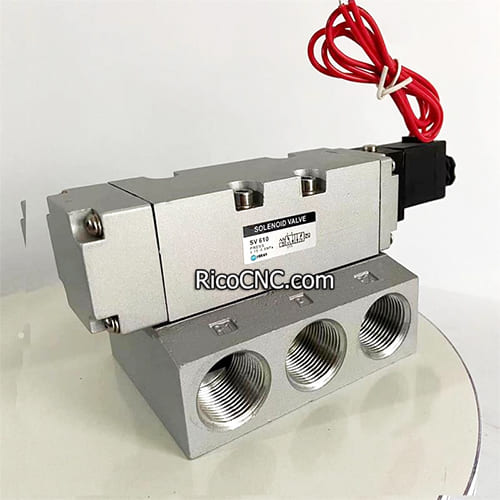
Types of Air Solenoid Valves
Air solenoid valves are available in different types to meet various applications. Here are some of the most common types:
1. Direct-Acting Solenoid Valves
Direct-acting solenoid valves are simple in construction. When the coil is energized, the plunger directly moves, allowing air to pass through or blocking its path. These valves are often used in low-pressure systems because they do not require any pressure differential to operate.
Advantages: Quick response time, easy to maintain.
Applications: Ideal for on/off applications in pneumatic circuits.
2. Pilot-Operated Solenoid Valves
In pilot-operated valves, the solenoid coil controls a smaller pilot valve, which in turn uses the system pressure to move the main valve. These valves are more energy-efficient and suitable for systems with higher pressure.
Advantages: Can handle higher pressure and flow rates.
Applications: Suitable for applications involving higher fluid pressures, such as in large pneumatic systems.
3. Two-Way and Three-Way Valves
Two-Way Solenoid Valve: Allows air to flow in one direction and stop in another.
Three-Way Solenoid Valve: Has an extra exhaust port that helps release pressure or air when required.
For high-quality three-way valves, consider options like the 1824210260 AVENTICS Solenoid Valve Coil, which provides versatility in managing airflow.
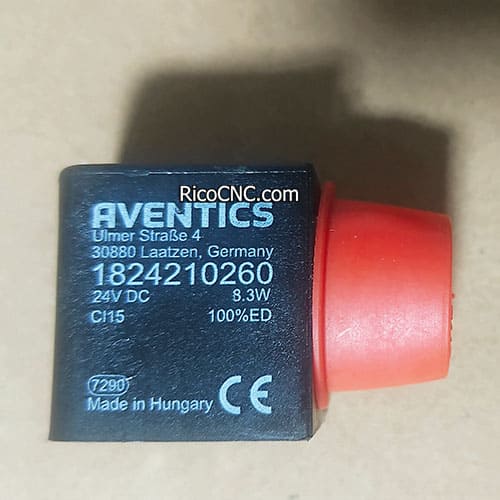
Applications of Air Solenoid Valves
1. Industrial Automation
Air solenoid valves are heavily used in industrial automation to control actuators and cylinders. They help manage the compressed air that drives various tools and machinery, ensuring optimal operation and productivity.
2. Automotive Systems
In automotive applications, solenoid valves control everything from fuel injection to air conditioning. Their rapid response time and precision make them perfect for controlling the airflow in braking systems and gearboxes.
3. Medical Equipment
Medical devices, such as ventilators, use air solenoid valves to regulate the flow of gases. Their precision and reliability are crucial in delivering accurate quantities of oxygen or other gases.
4. HVAC Systems
In heating, ventilation, and air conditioning (HVAC) systems, air solenoid valves regulate the flow of air and coolant, allowing for precise temperature control and efficient operation.
How to Choose the Right Air Solenoid Valve
Selecting the right air solenoid valve depends on several factors, such as:
Flow Rate: The flow rate determines how much air can pass through the valve in a given period. Larger systems may require valves with higher flow rates.
Pressure: Consider the system's pressure requirements when choosing a valve. Pilot-operated valves work better for higher pressure ranges.
Material: The valve body material must be compatible with the working environment. Stainless steel is preferred for high-pressure systems, while brass may suffice for general purposes.
Type of Actuation: Choose between direct-acting or pilot-operated valves based on your application's complexity.
For example, if you need a valve for a high-pressure system, the R911312640 MSK030C-0900-NN-M1-UP1-NSNN Servomotor would work efficiently in tandem with pilot-operated valves.
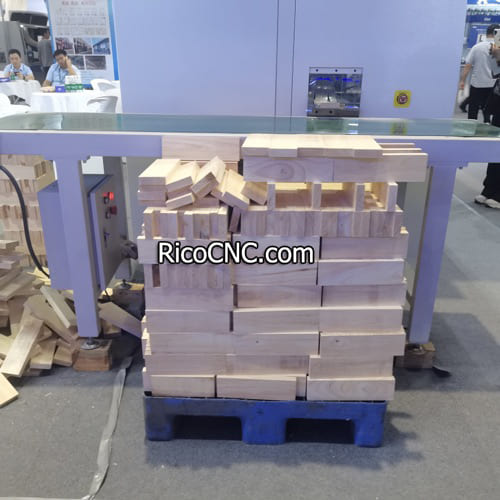
Maintenance Tips for Air Solenoid Valves
Proper maintenance is crucial for the longevity and reliability of air solenoid valves.
1. Regular Cleaning
Dirt and contaminants can accumulate over time, affecting the valve's efficiency. Regular cleaning of the valve body, plunger, and ports can ensure smooth operation.
2. Inspect Electrical Components
Ensure that the solenoid coil is functioning properly. Use a multimeter to measure coil resistance and ensure it matches the manufacturer's specifications.
3. Check Seals and O-Rings
Seals and O-rings are prone to wear and tear. Inspect them during maintenance routines and replace them if they show signs of degradation.
Internal Links for Further Information
To learn more about pneumatic valves and other automation products, explore the following links:
Learn more about servo drives and automation at servo drive page.
View our extensive selection of MSMD042P1U Panasonic AC Servo Motor for CNC Machines for precision applications: MSMD042P1U Panasonic Servo Motor.
Discover the SH31003P11A2000 Schneider Electric AC Servo Motor for reliable high-speed automation.
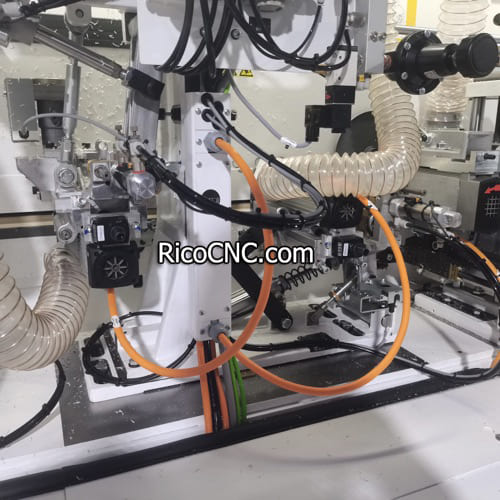
Frequently Asked Questions About Air Solenoid Valves
1. What is the main function of an air solenoid valve?
The main function of an air solenoid valve is to control the flow of compressed air or gas through a system. It acts as an on/off switch for airflow, regulating processes within pneumatic systems.
2. How do pilot-operated solenoid valves differ from direct-acting valves?
Pilot-operated solenoid valves use system pressure to assist in opening and closing, making them suitable for higher pressure systems, while direct-acting valves rely solely on the coil's force, making them suitable for low-pressure applications.
3. Can air solenoid valves be used in liquid systems?
No, air solenoid valves are specifically designed for use with gases or compressed air. For liquids, specialized liquid solenoid valves must be used.
4. How often should air solenoid valves be maintained?
Maintenance frequency depends on the application's environment. For industrial applications, inspecting and cleaning the valve every 6-12 months is generally recommended.
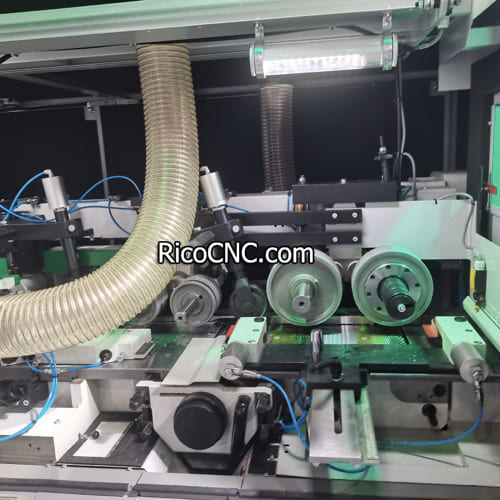
Conclusion
Air solenoid valves are essential for managing air or gas flow in a wide variety of applications, from industrial automation to medical devices. Understanding how these valves work—by using electromagnetic force to control a plunger—enables better utilization, troubleshooting, and maintenance. Selecting the right type of solenoid valve depends on factors like pressure, flow rate, and material requirements, all of which ensure efficient and reliable system operation.
If you need help choosing or maintaining an air solenoid valve for your project, feel free to reach out. We offer a wide range of pneumatic solenoid valves designed to meet different operational needs.







